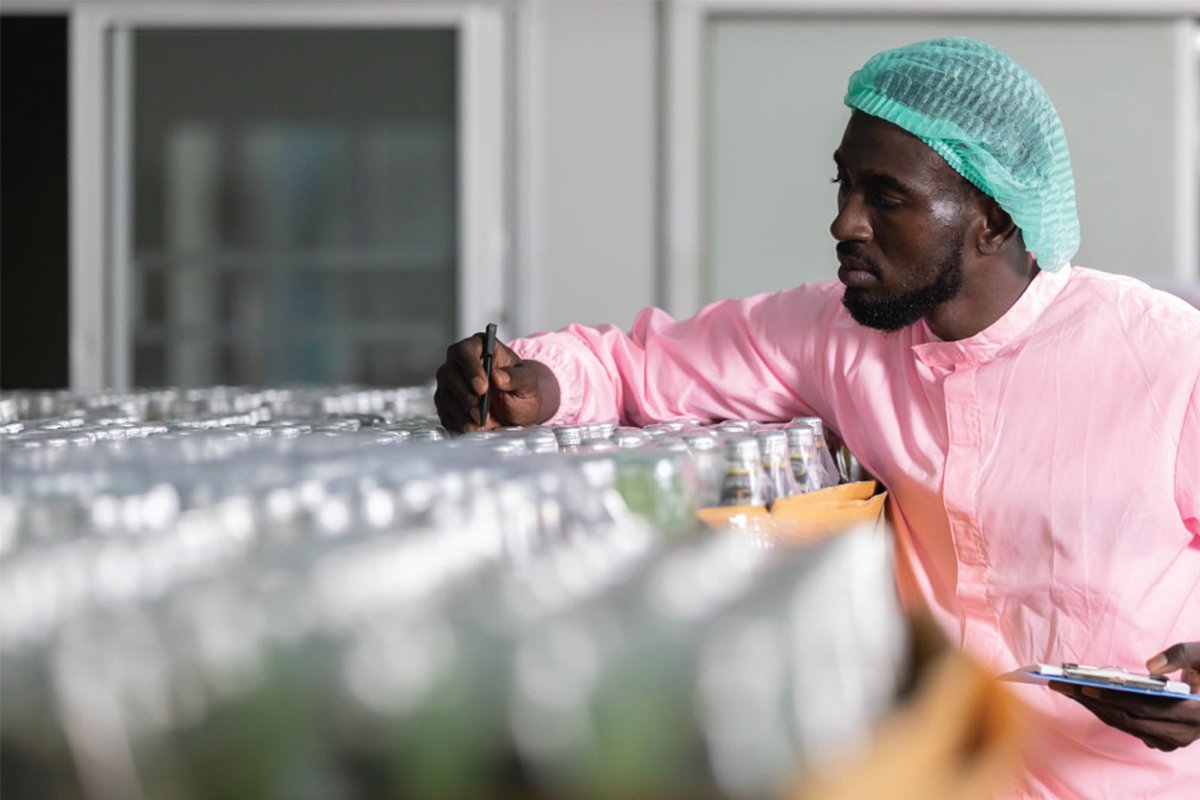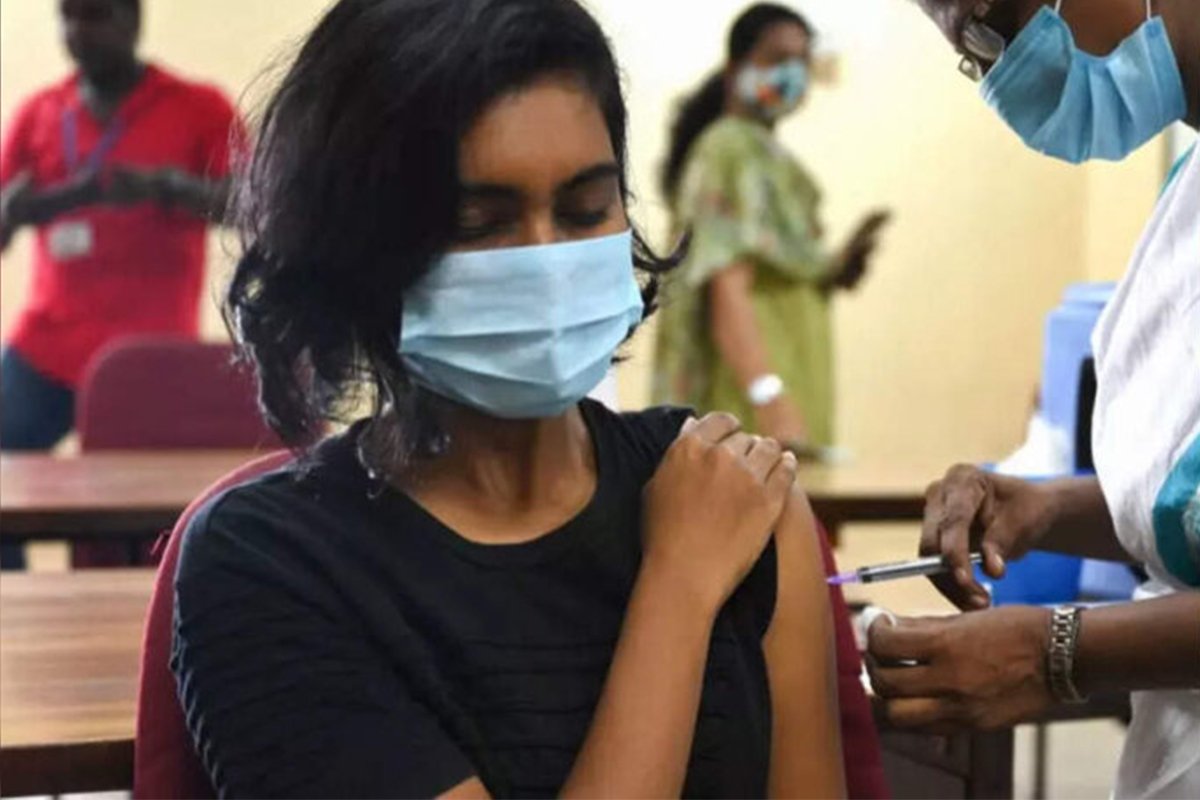Paul Akiwumi
According to recent United Nations Conference on Trade and Development (UNCTAD) analysis, most Least Developed Countries (LDCs) will likely take several years to recover the level of Gross Domestic Product (GDP) per capita they had in 2019. And compared to developed countries, which may experience a short V-shaped recovery, the median LDC would take roughly three years to climb back to pre-Covid-19 levels of output per capita. Moreover, extreme poverty in LDCs is projected to rise to 35 per cent, equivalent to 32 million people, due to the pandemic.
Confronted with looming fiscal distress, LDCs will need further long-term support to recover and address the structural economic challenges they face. Beyond the recovery, for LDCs to achieve inclusive development, global action should be geared towards supporting LDCs build their underdeveloped production systems.
LOOMING FISCAL DISTRESS: For many LDCs, Covid-19 has precipitated a fiscal crisis. Rising health-care expenditures, slowing trade and support programmes to smooth consumption have increased already high debt levels in these countries.
Before the onset of the Covid-19 crisis, five LDCs were already in debt distress and 13 more were at high risk of debt distress. Most of these LDCs had received debt relief only 10 to 15 years earlier, under the Heavily Indebted Poor Countries Initiative or the Multilateral Debt Relief Initiative.
Although the G20 offered a moratorium on debt for LDCs and countries under monetary and financial distress until the end of 2021, much more needs to be offered by development partners to help the most vulnerable countries address the deep-rooted systemic challenges facing their development.
Forgiving portions of face-value debt, and the related interest payments, is more difficult now than 30 years ago, due to the multitude of actors involved, notably private lenders. According to the World Bank, the stock of private, non-guaranteed debt reached 22.8 per cent of total external debt in Sub-Saharan Africa in 2019, up from 5.9 per cent in 2000.
Bilateral debt is growing in Sub-Saharan Africa, where the vast majority of LDCs are located. The SAIS-CARI Loan Database reports that from 2000 to 2019, the Chinese government, banks and contractors signed $153 billion worth of loan commitments with African governments and their state-owned enterprises, primarily destined for the transport, power and mining sectors.
From 2000 to 2019, gross loans to Sub-Saharan Africa from DAC countries amounted to $30.8 billion. Over this period, the largest individual DAC country donors included France ($13.6 billion), Japan ($4.8 billion), Germany ($3.5 billion) and Portugal ($2.2 billion). Multilateral loans, largely from the World Bank Group, totalled $147.3 billion over the same period.
INTERNATIONAL SUPPORT WILL MAKE A DIFFERENCE: For LDCs, the long-term consequences of Covid-19 and its related fiscal and economic shocks will depend on the extent of international support received through debt service relief, the introduction of more flexible and concessional forms of financing, and other forms of fiscal management support.
Immediate debt service relief to 25 of the IMF’s member countries, most of which are LDCs, was made available under its revamped Catastrophe Containment and Relief Trust (CCRT) as part of the Fund’s response to help address the impact of the Covid-19 pandemic.
The relief on debt service payments provided by the CCRT is intended to help cash-strapped countries free up additional resources to meet exceptional balance of payments needs created by the disaster, and channel them towards policies and programmes needed to support their economic recovery.
In a welcome announcement, the International Monetary Fund (IMF) Managing Director Kristalina Georgieva on 9 July 2021 confirmed that the IMF Executive Board had agreed to a new general SDR allocation equivalent to $650 billion – the largest in the IMF’s history – to address the long-term need for reserve financing following the pandemic. While this plan is a step in the right direction, it should be non-debt-creating for LDCs and other vulnerable economies.
MUCH NEEDED, BUT NOT ENOUGH SUPPORT: While the additional support measures announced by the IMF and the G20 are welcome initiatives, further long-term support is needed for LDCs to recover and address the structural economic challenges they face.
For many LDCs, Official Development Assistance (ODA) has long served countries to smooth their spending challenges and finance much-needed development-oriented programmes and investment. In 2020, total ODA provided by members of the DAC rose to $158 billion thanks to efforts by donor countries to combat the rising effects of the pandemic.
In 2020, some $12 billion was spent by DAC countries on COVID-19 related activities. Bilateral ODA to Africa and LDCs rose by 4.1 per cent and 1.8 per cent, respectively, compared to 2019.
Preliminary data in 2020 shows that net bilateral ODA flows from DAC members to Africa were $39 billion, with net ODA to sub-Saharan Africa amounting to $31 billion (a fall of 1 per cent in real terms year on year). However, this extra support came increasingly in the form of loans rather than grants, which will do little to ease the fiscal burden of debt repayments. In 2019, 22 per cent of gross bilateral ODA by DAC members was provided in the form of non-grants (loans and equity investments), up from around 17 per cent in previous years.
THE WAY FORWARD? A CALL TO BUILD PRODUCTIVE CAPACITIES FOR LONG-TERM SUSTAINABLE DEVELOPMENT: These efforts, while surely needed to redress the short-term impacts of the current pandemic, would need to be significantly scaled up to address the fundamental challenges in the prevailing growth strategies of LDCs. In LDCs, the pandemic has impacted the building of new productive capacities, as well as the use and expansion of existing ones.
For LDCs to achieve long-run and inclusive development, emphasis must be placed on building their productive capacities. Decades of UNCTAD research show that these are the motors of economic growth, enabling countries to make goods, deliver services and compete in global markets. They are essential for structural transformation, which is in turn crucial for sustainable development, reducing countries’ dependence on the production and export of commodities and moving towards a more diversified growth model. Promoting technological learning, improving labour productivity, tackling environment-related challenges, reducing vulnerability to external shocks, and ultimately, kick-starting the process of structural transformation are all positive knock-on effects of productive capacity-building.
Asian LDCs such as Bangladesh stand as a good example. They have developed their productive capacities in a holistic and integrated manner, drawing on their economies’ competitive advantages. Unfortunately, the Bangladesh case is more of an exception than the rule. Unlike other countries, LDCs’ average vulnerabilities arise from their structural impediments and their underdeveloped production systems.
GLOBAL ACTION NEEDED TO FINANCE PRODUCTIVE CAPACITIES: While the world continues to grapple with the immediate impacts of the pandemic, the international community must be fully engaged by going beyond debt moratoriums and stopgap injections of financial support.
Two important multilateral events present an unmissable opportunity for the world to take action. In early October 2021, countries will meet online to agree on the next programme of work for UNCTAD at its 15th quadrennial conference, hosted by Barbados.
And in January 2022, the world will gather in Doha for a once-in-a-decade opportunity to craft the global plan of action for LDCs at the Fifth United Nations Conference on LDCs.
Given their essential role, moving beyond a debt moratorium to an inclusive development model based on building productive capacities, is the only true way forward for LDCs.
Paul Akiwumi is Director for Africa and Least Developed Countries, UNCTAD. www,unctad.org.
The article was originally published on OECD Development Matters.

























